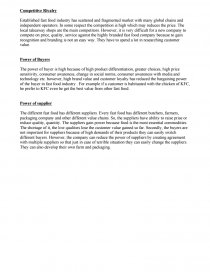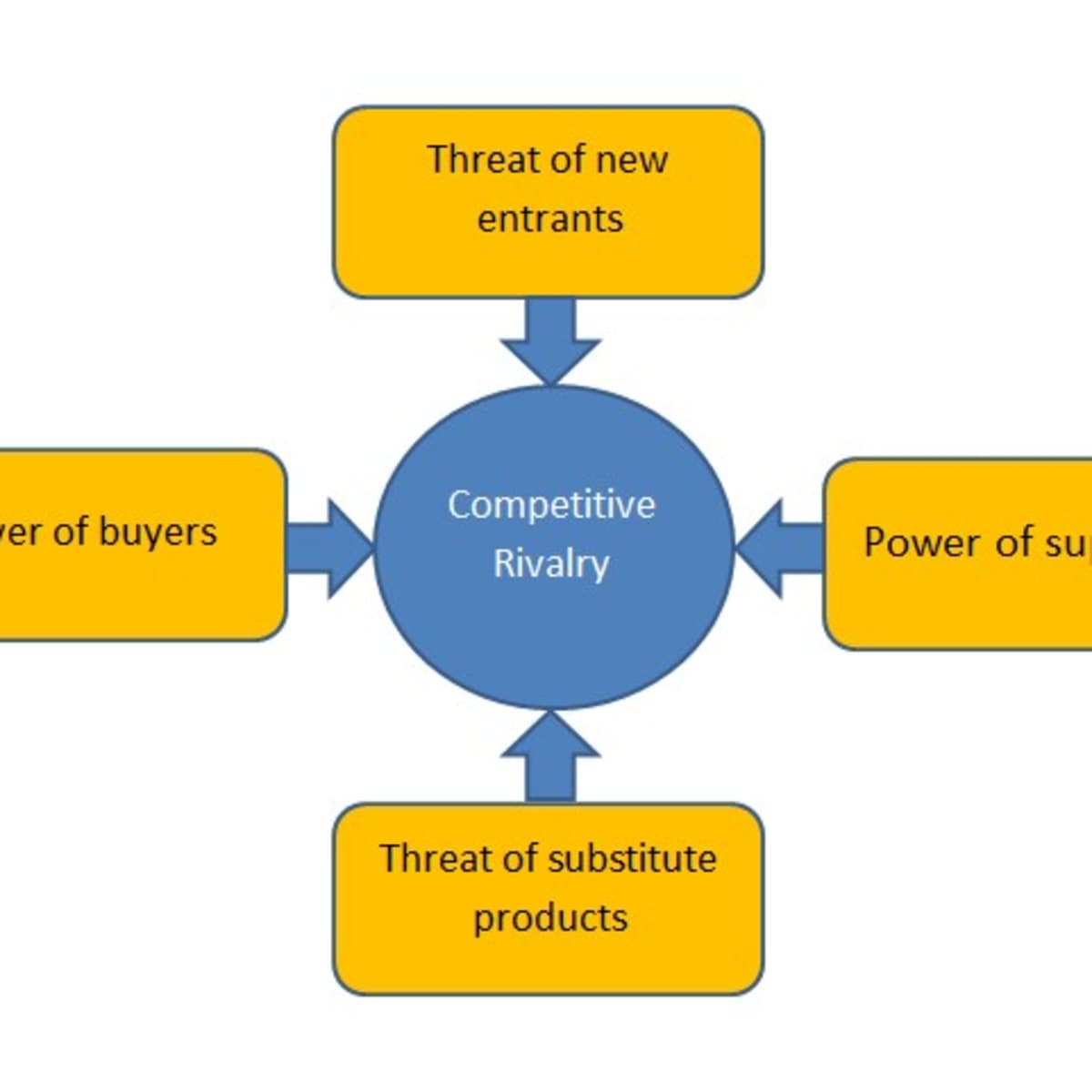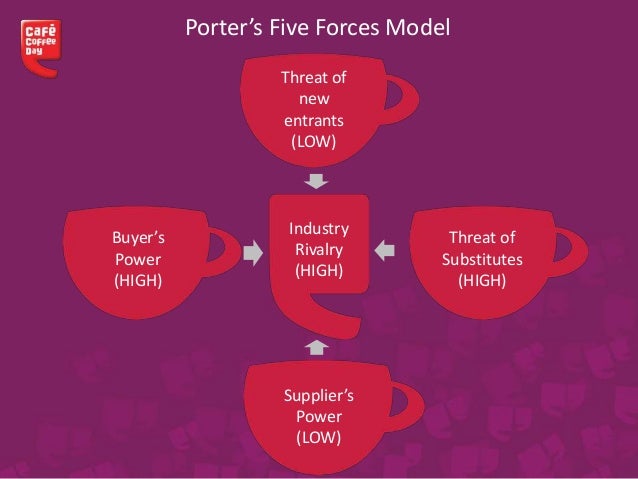

This strategy has given such restaurants a competitive advantage over their competitors. Restaurants, which have an online presence, have considerably reduced their marketing costs. Most restaurants have gone online to reach many consumers. Rivalry among competitors has taken a different turn with the social media. The restaurants industry has implemented management systems, which create differentiation in terms of achieving the above factors. These restaurants have various levels of menu options, qualities of food, services, cleanliness, standards in terms of records with health departments, values with reference to prices, ambiance, and overall experiences customers get.ĭespite this rivalry, the restaurant industry has managed to stay competitive and provide value to customers and achieve economies of scale. For instance, we have German, Asian Chinese, Italian, African, among other restaurants in the US. Rivalry in the restaurant industry increases as a result of changing consumer behaviors, products, increasing numbers of competitors, rising prices of commodities, rising costs as well as increasing costs of risk management in the industry. In this sense, the bargaining power of customers becomes a threat to the business. Thus, restaurants must find ways of impressing customers and at the same time protect their profit margins. This implies that creating loyalty in the restaurant industry requires excellence services and products. Such services have enhanced bargaining power of customers in the restaurant industry. In some instances, customer may make their purchases online and expect restaurants to deliver their orders for less cost. Therefore, additional services in restaurants may provide such customers with value-added services they require. This is because they want values for their spending. Still, home cooking also remains a serious challenger to the industry.Ĭustomers in the hospitality industry are demanding and hard to please. The industry also faces stiff competition from other products from convenience stores, grocery stores, delis, clubs and other outlets that serve meals. As a result, a number of restaurants have gone out of business or joined chains of franchises in the US. Restaurants can introduce new services or marketing campaigns that can create stiff competition in the industry. Restaurants, which have such services, are threats to their competitors (Charles and Gareth 102). For instance, restaurants of the US may differentiate themselves with the high speed Internet facilities, pools, self-service, delivery service and other services, which customers may find convenient.

In this sense, customers can look at additional facilities in restaurants that can fit their tastes.

As a result, customers have considerable challenges when making decision regarding a specific restaurant. In addition, their prices vary in range coupled with different levels of services and facilities. The restaurant industry remains competitive due to their close location to each other. The five factors have their relevance on restaurants. Porter identified these factors based available resources for companies. Porter identified these five forces as “barriers to entry, threat of substitutes, bargaining power of buyers and sellers, and the rivalry among existing competitors” (Porter 5). Such competitive strategies can enhance profitability and competition if sustained over time. Restaurants can use various resources to create competitive advantage. According to Michael Porter, there are five forces, which affect performance of a company. In addition, market conditions can also influence profitability of firms. Competition creates differences in returns among firms in the same industry. This must also consider the interconnection among services in the hospitality industry.

Therefore, it is necessary for the restaurant industry to understand applications of Porter’s five forces in their business. In addition, they also understand what factors drive their success (Sand 34). Such restaurants also understand activities of their competitors and what differentiate them from the rest. This implies that restaurants, which have remained successful over decades, know their abilities and brand identity. Thus, it remains difficult for restaurants to sustain their competitive advantage. The restaurant industry remains competitive because of modernization, high speed Internet and other supplies that are likely to attract customers.


 0 kommentar(er)
0 kommentar(er)
